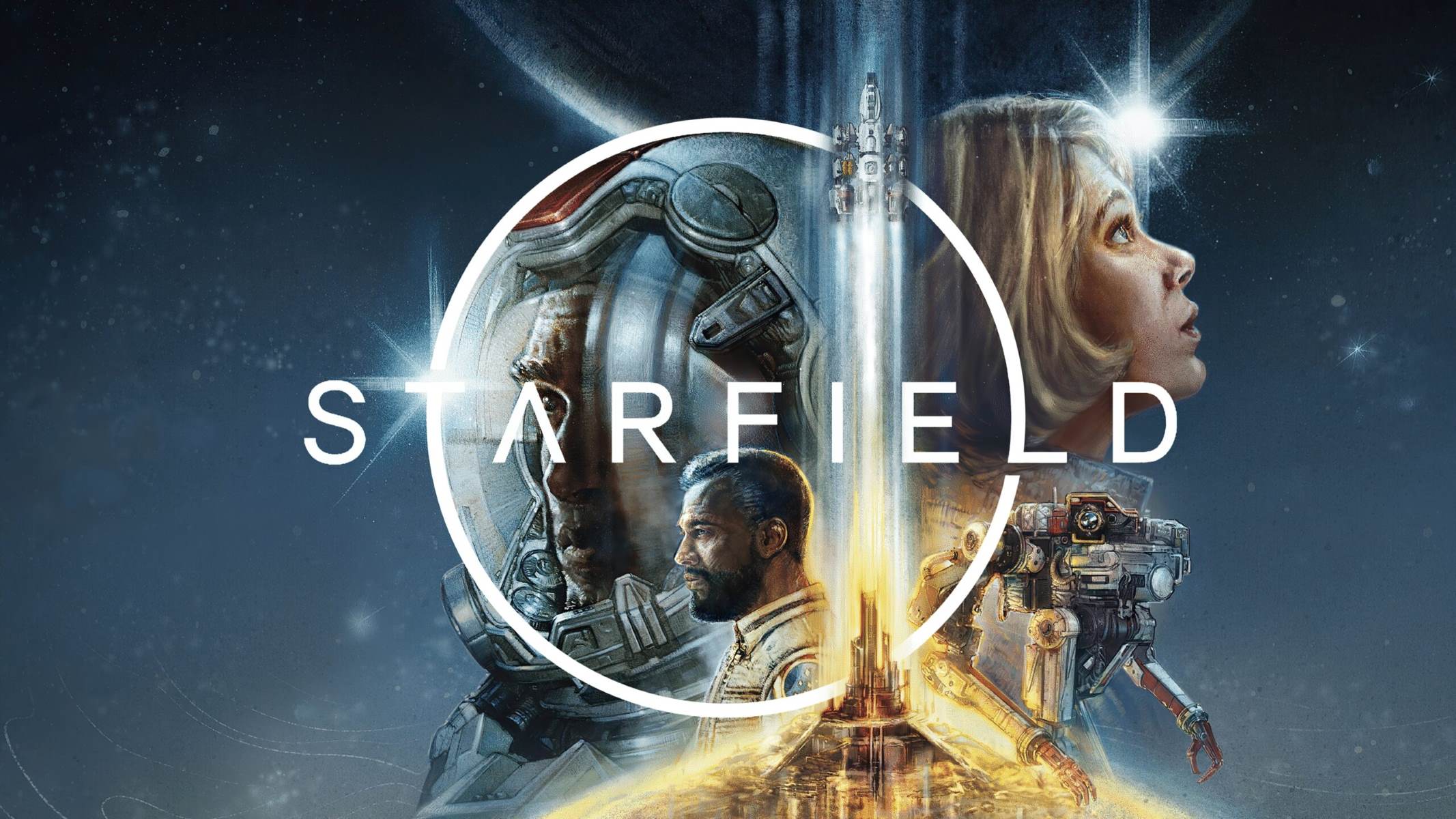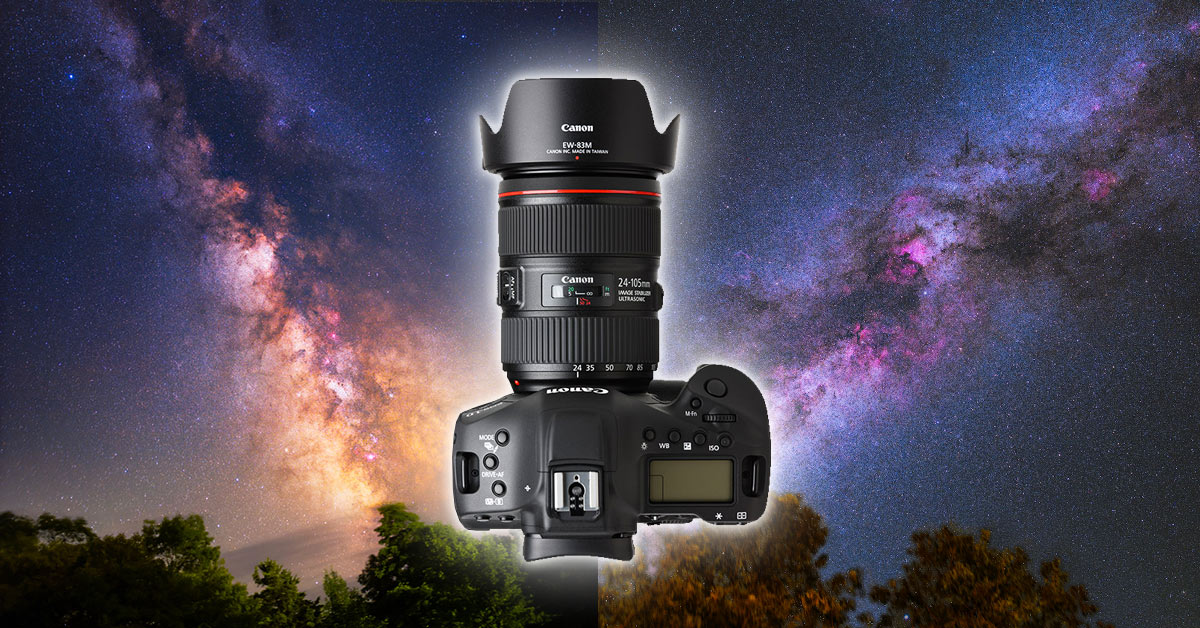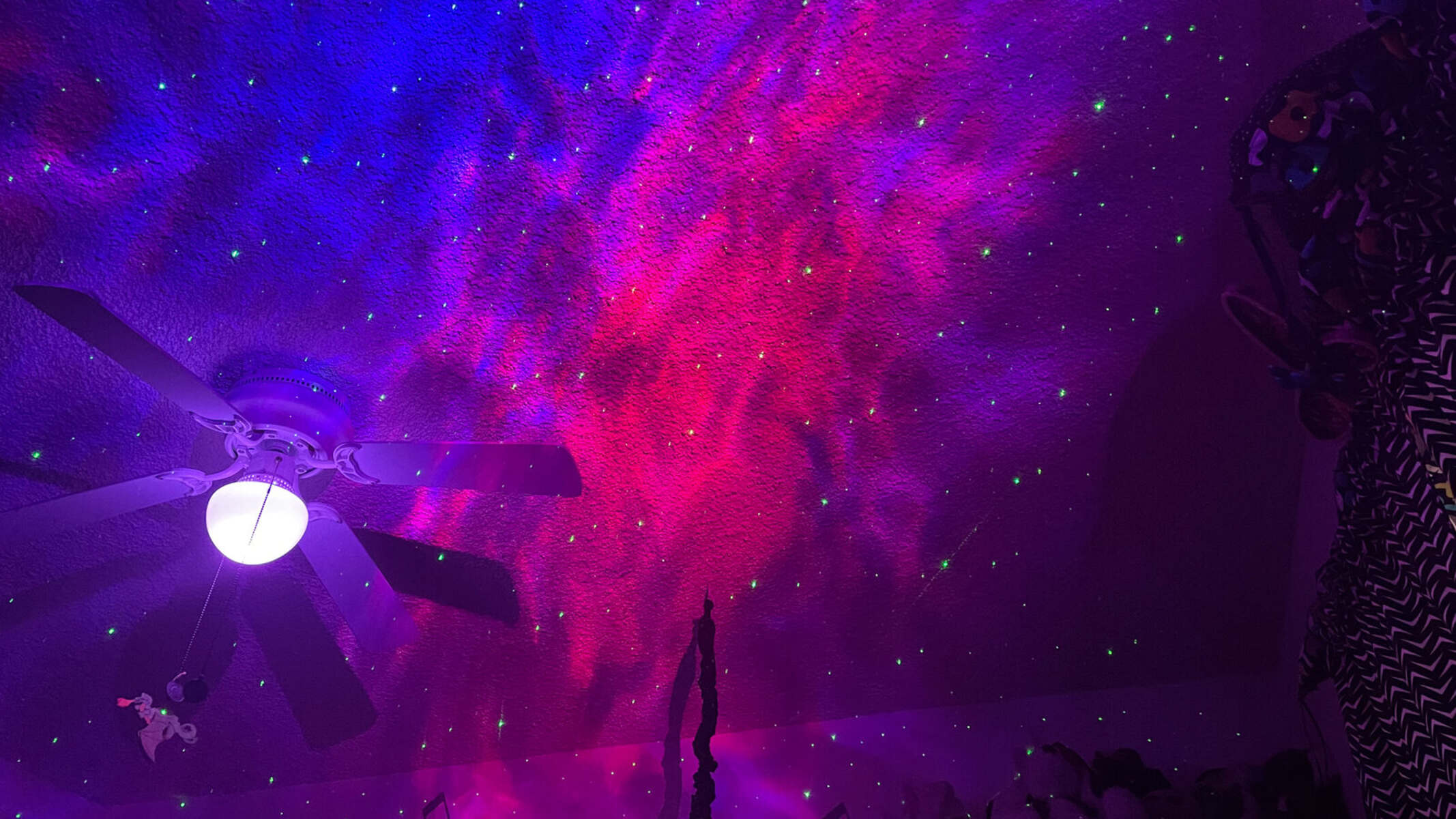Starfield, the highly anticipated space exploration game from Bethesda, finally makes its debut today after years of development. With its ambitious scale and immersive design, Starfield aims to capture the magic of exploration in a vast galaxy. However, despite its impressive world-building and stunning visuals, the game falls short in delivering a sense of wonder and true open-world exploration that fans were hoping for.
A Galaxy of Possibilities
Set in the 2300s, Starfield takes players on a journey through hundreds of star systems in search of mysterious artifacts that hint at a greater cosmic presence. The game offers a massive open galaxy consisting of a thousand planets, giving players the freedom to chart their own course and explore at their own pace.
However, where Starfield disappoints is in its execution of exploration. Unlike other open-world games that allow players to organically discover points of interest while traversing vast landscapes, Starfield relies heavily on menu-based navigation. Rather than physically traveling from one location to another, players simply select their destination from a map, resulting in a lackluster form of exploration that feels detached from the game world.
Key Takeaway
Starfield’s expansive open world falls short in delivering a sense of wonder and true exploration due to its menu-based navigation system.
An Aesthetically Stunning Universe
Despite its shortcomings in exploration, Starfield shines in its meticulous attention to detail and breathtaking visuals. The game’s environments and objects are beautifully designed, showcasing a level of craftsmanship that is truly remarkable. From the intricate gadgetry to the realistic layouts of buildings, every aspect of the game’s aesthetic is top-notch.
The spaceship design, both interior and exterior, is also a standout feature. Players have the freedom to customize their own ship, adding a personal touch to their interstellar adventures. While spaceship combat is limited to a first-person perspective, the design of the ships themselves adds depth to the game’s immersive experience.
The cities within Starfield’s universe are equally impressive, with their vibrant and diverse settings. NPCs populate the cities, offering quest opportunities and creating a sense of liveliness. However, the same cannot be said for the non-flagship locations, which often tend to be repetitive and lack variety.
Monotonous Missions
Starfield’s main and faction missions offer engaging dialogues and rewards that enhance the overall gaming experience. However, the same cannot be said for the side quests, which tend to be repetitive and lack depth.
One particular issue lies in the procedural quests, which often entail scanning multiple planets and moons to find specific traits. These quests quickly become tedious and monotonous, detracting from the overall enjoyment of the game. The lack of variety in the locations further compounds this issue, with many areas feeling lackluster and interchangeable.
Combat in Starfield is enjoyable but lacks complexity. Players will find themselves engaged in frequent shootouts with enemies, with little room for alternative approaches. Boss enemies, in particular, become bullet sponges, requiring an excessive amount of ammunition to defeat.
A Lack of Wholeness and Wonder
Despite its many strengths, Starfield ultimately falls short of capturing the sense of wonder and fulfillment that players expect from an open-world exploration game. The menu-based navigation system and repetitive missions rob the game of the magic that should accompany the exploration of a vast and unknown universe.
While Starfield has its charms, it fails to live up to its own ambitious goals and the expectations of players. The meticulously crafted universe and stunning visuals are marred by missed opportunities for true open-world exploration and engaging quests. Perhaps with future updates and refinements, Starfield has the potential to shine brighter, but for now, it remains a flawed experience.
























